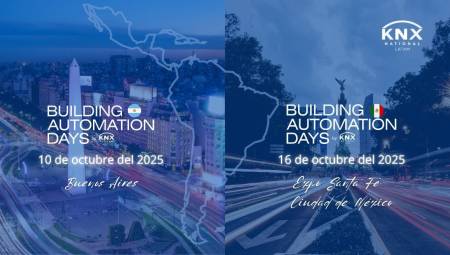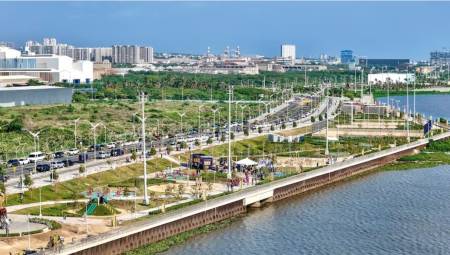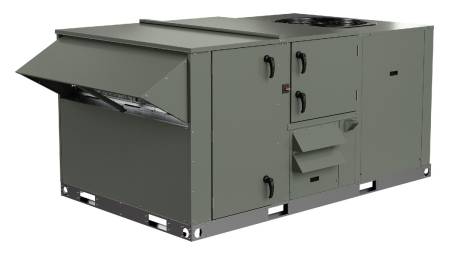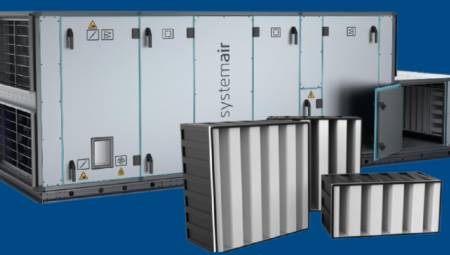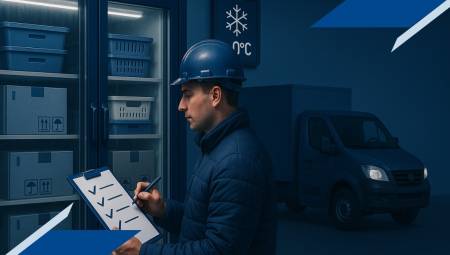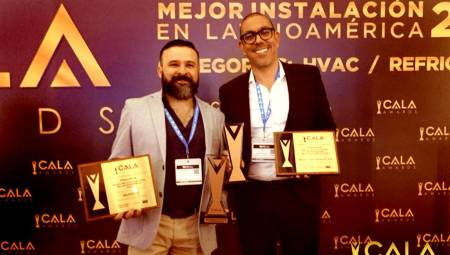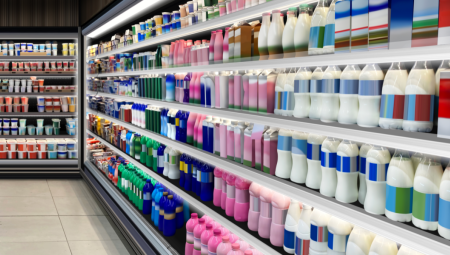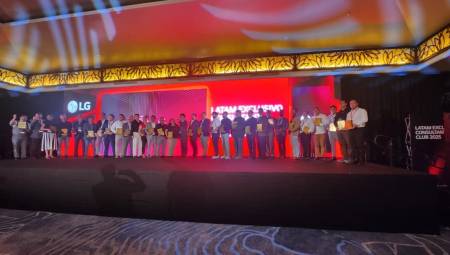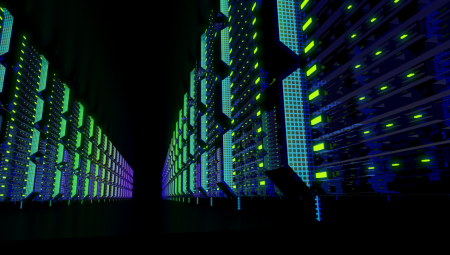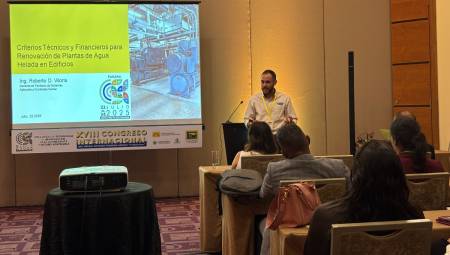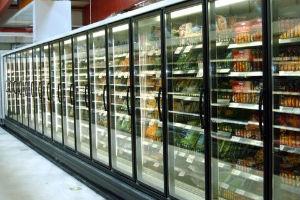 After testing with other refrigerant substances and processes, CO2 returns as the most convenient global trend in terms of costs, effectiveness and care for the environment.
After testing with other refrigerant substances and processes, CO2 returns as the most convenient global trend in terms of costs, effectiveness and care for the environment.
by: María Cecilia Hernández
The efficiency and environmental problems that have caused and continue to generate today the use of substances such as freon and halogenated for refrigeration processes, have made experts and entrepreneurs in the cold industry aware of the need to return to the use of natural refrigerants such as ammonia, hydrocarbons and, in particular, carbon dioxide (CO2). Today it can be said that this proposal has become a global trend.
On this subject, the engineer Roberto Ricardo Aguiló, president of the Argentine Cold Association and professor at the National University of Luján, presented his paper "Applications of CO2 as a refrigerant", in the past Refriaméricas 2010, which was held in the city of Medellín, in Colombia.
Back to the best alternative
The generation of thermal processes, cold or heat, has become one of the main consumers of energy in the whole world, this fact makes the cooling and heating market have a good field of research and innovation in the search for potential savings for energy consumption.
According to the expert, it is possible that with appropriate designs of use and thanks to its good transport conditions in certain applications, CO2 will become an advantageous alternative.
"We must remember that at the end of the nineteenth century and at the beginning of the twentieth century, carbon dioxide was used as the main refrigerant and had a good diffusion, especially in the naval industry. It was in 1930 that fluorinated substances began to appear, which displaced CO2."
Aguiló said that, despite this, in the 1980s it was found that chlorine, from halogenated refrigerants, was destroying the ozone layer, whose function is to protect the earth from ultraviolet rays harmful to the human species. "So with the aim of reducing the production of this type of substance, the Montreal Protocol was signed."
In a report published by the Foundation for Electricity Development in Argentina (Fundelec), the electricity demand of the Wholesale Electricity Market (MEM) had an increase of 11.4% during the month of August compared to the same month in the previous year (2009). This became the highest figure this year and according to the document, 56.53% of consolidated energy consumption, so far in 2010, is of thermal origin. In Germany, for example, the cold generation process accounts for about 14% of total national energy consumption.
Saving money and energy
This is how the thermal industry faces several drawbacks: environmental and logistical. In the first case with the large consumption of energy that refrigeration processes entail and with the generation of polluting and highly harmful substances both for the environment and for human use. And logistics, due to the need to have a refrigerant that offers effectiveness, efficiency and low economic cost to companies.
For this reason, the technique of cold and the air conditioning processes must be taken into consideration with great care, since they play a fundamental role in the care of the environment, in problems such as global warming and the destruction of ecosystems. They are also of vital importance in the economic dynamics of refrigeration industries, so that to choose a refrigerant, a wide variety of factors and variables must be analyzed.
As recently stated by the Chilean engineer Néstor Kehsler in his article "CO2, the ecological and highly efficient refrigerant that will revolutionize the industry", in the virtual magazine Mundo avícola y pesquero, "today, with new technologies and increasingly demanding environmental standards, the use of CO2 as a refrigerant in 'Cascada' system it has taken a lot of strength, especially for its natural properties, which make it a refrigerant of easy availability, economical and, at the same time, very efficient".
What is the right system
Taking into account that the critical point represents the highest temperature and pressure at which a substance can exist as a gas and as a liquid in equilibrium (In the case of CO2, its critical point is when reaching 31ºC) this substance has a variety of application systems, of which the most suitable is, according to Roberto Ricardo Aguiló, by waterfall.
This system consists of two independent cooling circuits, connected only by an intermediate cascade heat exchanger.
Aguiló explained that it is a compression in two stages and "it is an alternative of complex equipment, which despite having a higher initial cost offers a wide energy efficiency, which is a saving in time. This system avoids excessive pressures in certain circumstances."
Other applications with carbon dioxide, as the expert said during his presentation, are:
Classic or subcritical cycle, which is intended for cooling at low temperatures, between -50ºC and 0ºC. To be able to work in these conditions, practically the only alternative is to do it with cascading two-stage systems.
Transcritical cycle, which is characterized by the non-condensation of the refrigerant liquid in the equipment in which heat is transferred to the cooling medium. "This happens because the heat transfer process occurs above the critical point, and in this condition no matter how much the pressure rises, the refrigerant cannot be liquefied," said Aguiló, adding that if the condensation medium has more than 20°C, surely the cycle will be transcritical, since CO2 cannot be condensed above 31°C.
Double stage cycle, which is divided into cascade and booster.
CO2 as a secondary refrigerant, as it has the ability to be a heat exchanger between the primary refrigerant and the external environment.
Finally, the president of the Argentine Cold Association concluded by calling for the global refrigeration industry to become aware of the use of carbon dioxide as a viable and positive alternative in its processes, "as long as the particularities of this substance are taken into account, such as its high working pressures and its low critical point."
Box 1
Through multiple studies and thanks to the practice that is already involved in refrigeration work with CO2, it has been possible to determine a series of competitive advantages that bring with them this type of process in contrast to other substances.
This substance is non-flammable, non-toxic, odorless, harmless to the environment, has no long-term side effects, has high availability on the market and at low cost, is high performance, offers low energy consumption and possesses high heat transfer coefficient because its condensers and evaporators are smaller.
On the other hand, some aspects that do not favor working with carbon dioxide have to do with the temperatures and pressure on which it must be operated. The equipment needs to be designed according to the maximum pressure, the minimum evaporation temperature is minus 56 degrees Celsius; as CO2 is heavier than air, in case of exhaust it will go to ground level and displaces the air and because it is odorless its escape will not be noticed.
Box 2
The Montreal Protocol is an international treaty that was designed to protect the ozone layer. It seeks to reduce the production and consumption of a large set of ozone-depleting substances. The agreement was negotiated in 1987 and entered into force on 1 January 1989. The document has had several revisions in different countries that have been hosted in an event without a history of international cooperation: London (1990), Nairobi (1991), Copenhagen (1992), Bangkok (1993), Vienna (1995), Montreal (1997) and Beijing (1999). ). The consideration of the participants in the proposal is that if all the countries of the world comply with what was agreed in this treaty, it is possible that in 2050 the ozone layer will recover.


